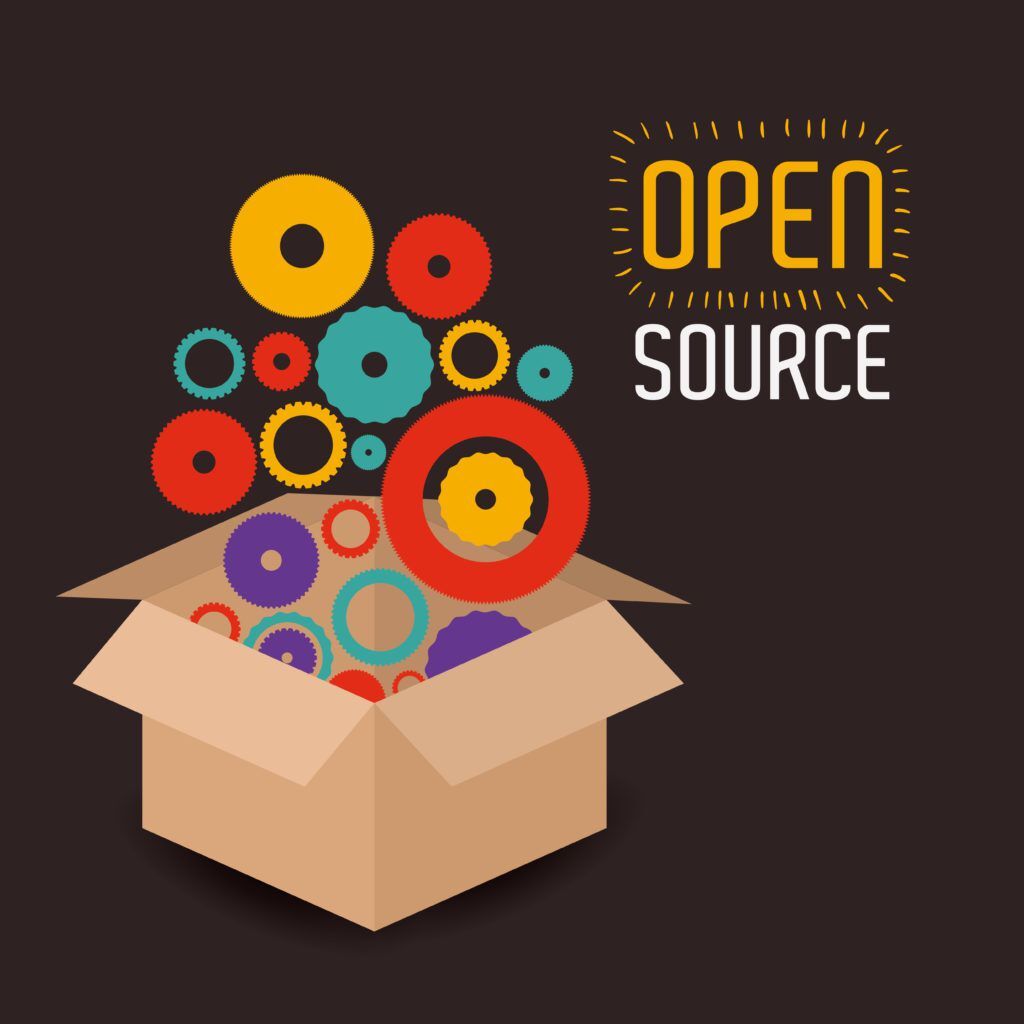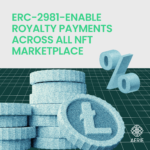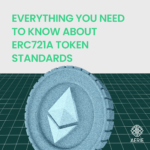the Next Billion Crypto Users
Open-Source Development: Blockchain doesn’t requirement to sacrifice openness in the name of flexibility, states Weiwu Zhang, the co-founder of Smart Token Labs.
The blockchain area is extensively held to convey openness. Blockchain networks themselves, as well as the decentralized applications (dApps) that are developed for them, are totally open-source. This suggests that their source code is openly readily available in its totality. Under a total open-source license, individuals can checkout it, audit it, test it, and even copy it. And it isn’t plagiarism – in truth, copying, repurposing and contributing to the code is the entire point! Since designers don’t have to start from scratch when structure items, this open-source values drives development throughout crypto. It likewise develops neighborhood, as designers assistance open-source tasks by both contributing to their underlying code repositories and utilizing them in their own tasks.
Open Source: Keeps You in Control of Your Destiny
The production of these 500 forks of AlphaWallet is an essential turning point in an environment where all kinds of blockchain items and services – even cryptocurrency wallets – are significantly centralized. This pattern towards centralization has likewise led to a progressive motion away from open-source innovation. A shift away from open-source innovation in blockchain might not appear to be so troublesome at . But on a deeper level, the present pattern away from open-source represents a substantial, possibly existential concern for blockchain.
There are numerous factors for this:
- Transparency. At their core, blockchain networks are developed on agreement algorithms that need the nodes that support them to concur on a series of mathematical evidence in order to confirm deals. The concept is that the nodes concur with each other, which then encodes obstructs completely onto the blockchain. This fundamental procedure of “consensus” needs a high level of openness throughout each network.
- User control: Consensus algorithms are simply one aspect of the technological culture of openness. We likewise need some level of decentralization, in which users aren’t at the grace of a centralized entity. Of course, there’s a spectrum to decentralization. But the secret idea is that users keep manage over their properties.
- Security: Though it might appear counterproductive, closed-source application is in fact less protected than open-source, thanks to the neighborhood that surrounds open-source software. This is specifically real when it comes to blockchain. Because they have lots of auditors and factors, open-source jobs repair vulnerabilities, push out spots, and release updates more often than closed-source platforms.
All in all, these 3 parts make an open-source neighborhood a strong ally for users. For circumstances, if an open-source task has an problem, a repair is frequently launched within a day or 2. By contrast, closed-source platforms – which are developed and preserved by personal entities – have longer upgrade and repair-work cycles. And, if an entity isn’t responsive or capable, concerns can quickly scale into crises that effect users. There’s absolutely nothing worse than having a wallet drained due to a fixable bug!
Transparency Doesn’t Need to Be Sacrificed in the Name of Better User Experience
At times, the choice to compromise on open-source is made in the name of a better user experience (UX). As Norelle Ng, creator of Clover Finance, composed: “[By] making better wallets, [we can] bring Web3 to the mainstream…In a sense, wallets are the secret to opening the possible of Web3. This is why enhancing the [UX] of wallets is so essential for blockchain 2.0.” Norelle is right – and luckily, the balance between UX and open-source does not have to be a zero-sum game. Crypto wallets can be both open-source and easy to use. They can be transparent and versatile; constructed for ease of advancement and ease of usage. It’s that mix that’s the trick sauce: delighted designers make for pleased users. Crypto wallets can likewise deal sophisticated security and versatility for designers, who can, in turn, construct more protected and user friendly wallets for users. After all, in a bankless world, the wallet is whatever. The user-controlled wallet, linked with clever tokens, is the superior method to develop the next generation of Web3 tech.

The Future is Open-Source
Even if the culture of blockchain might be taking a turn towards centralization, we think that the long arc of history will bend towards open-source. Just as open-source innovations supply much better security, the contributions of numerous designers, designers, and UX professionals will eventually increase to comprehensive suites of open-source tools that anybody can usage to develop open-source applications that are both protected and easy to use. In the meantime, continuing to develop and release open-source tools is an essential action towards understanding this vision as a truth. The more that designers continue to usage these tools today, the better the future of blockchain will be.









